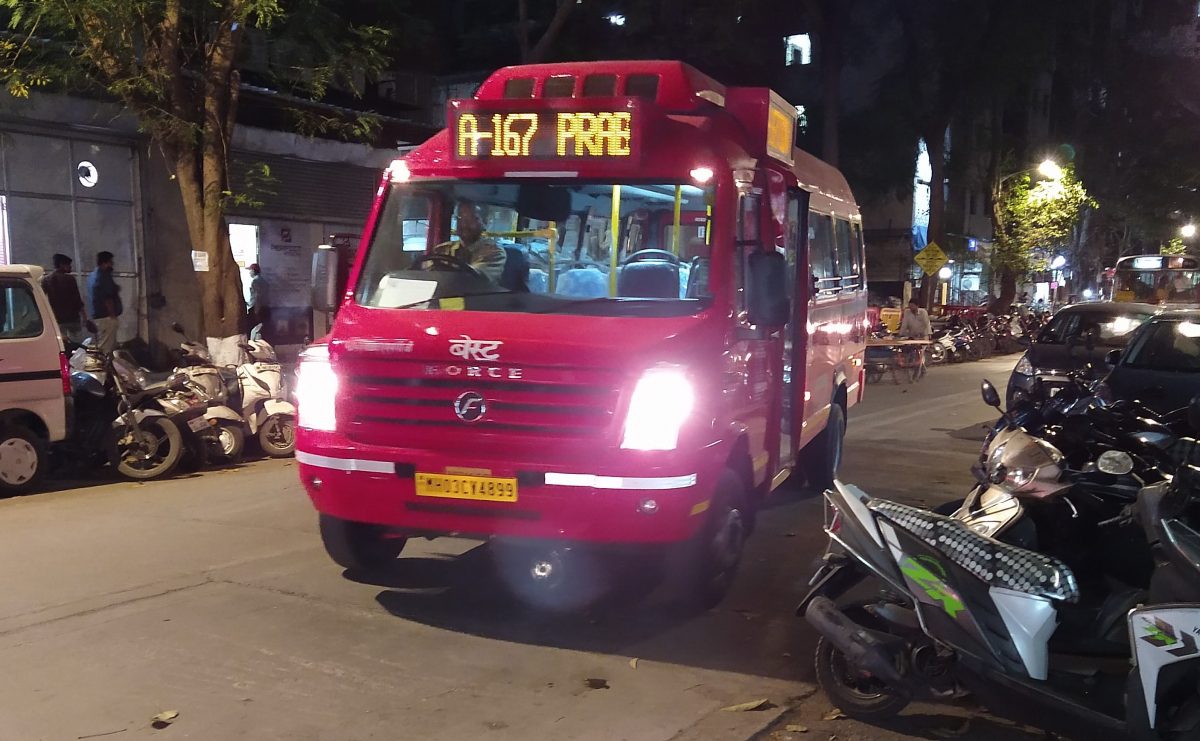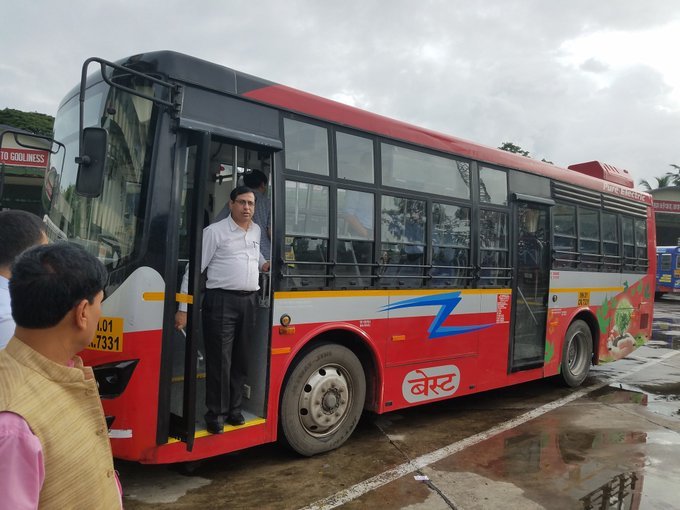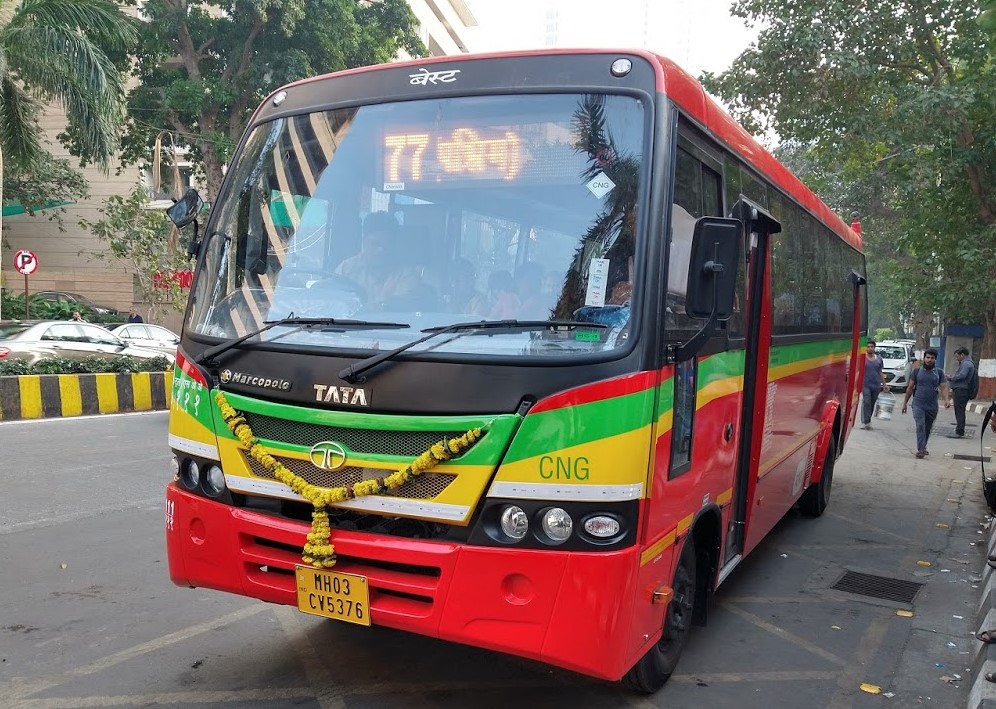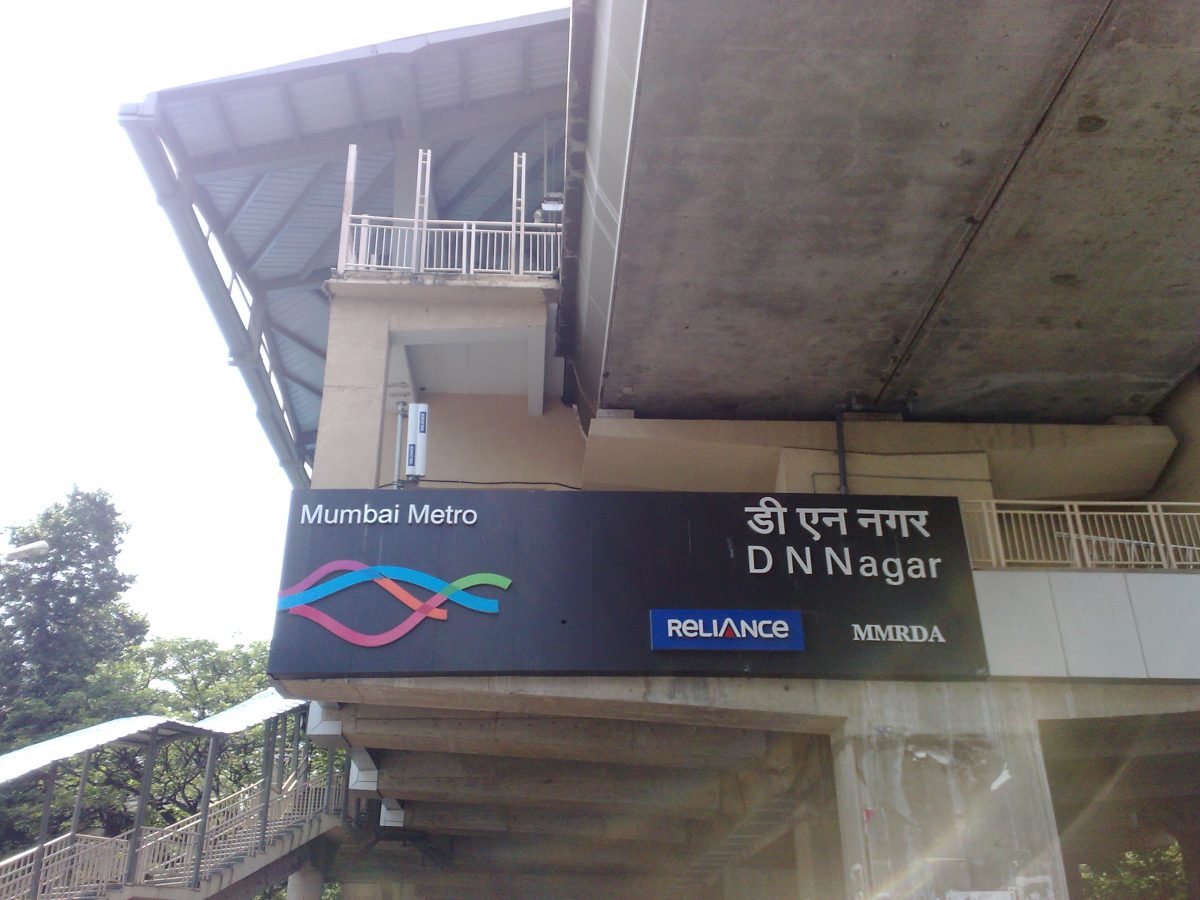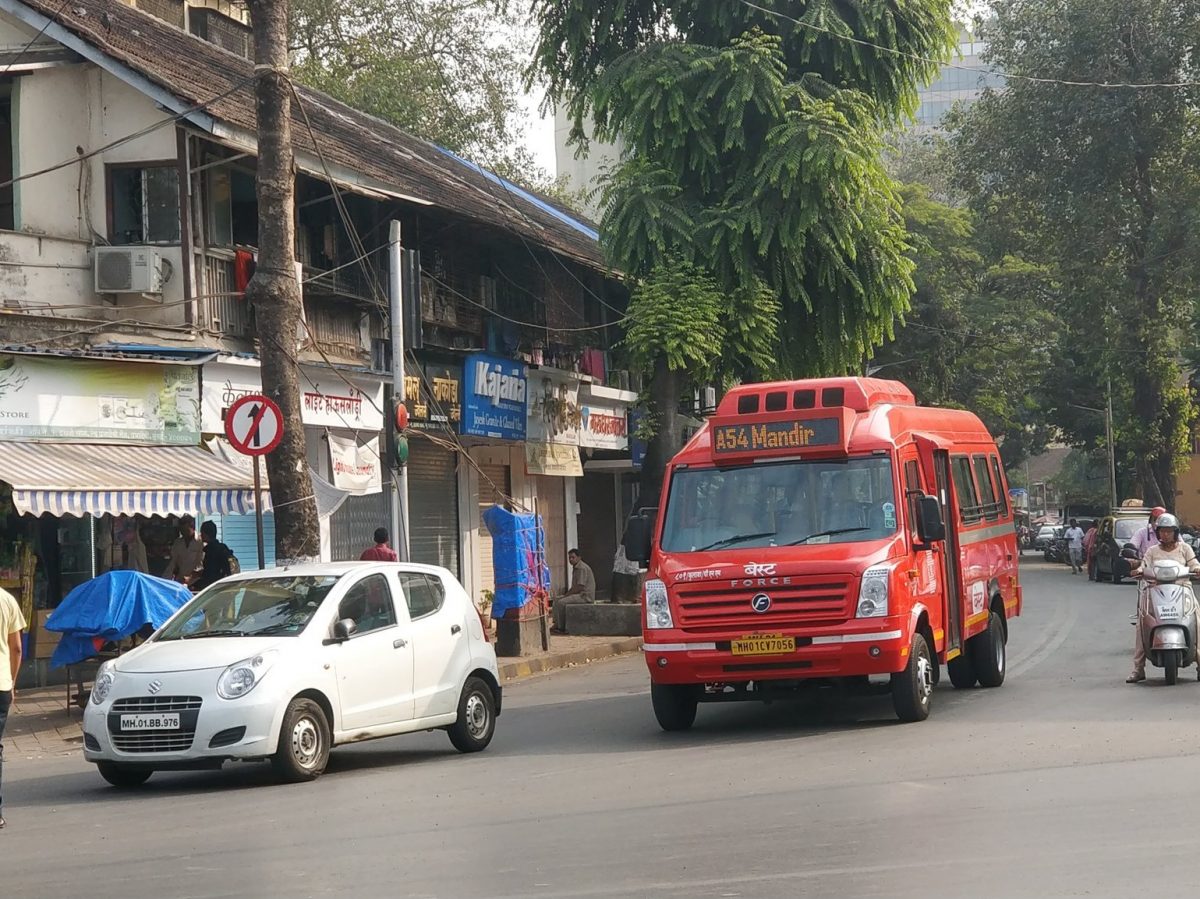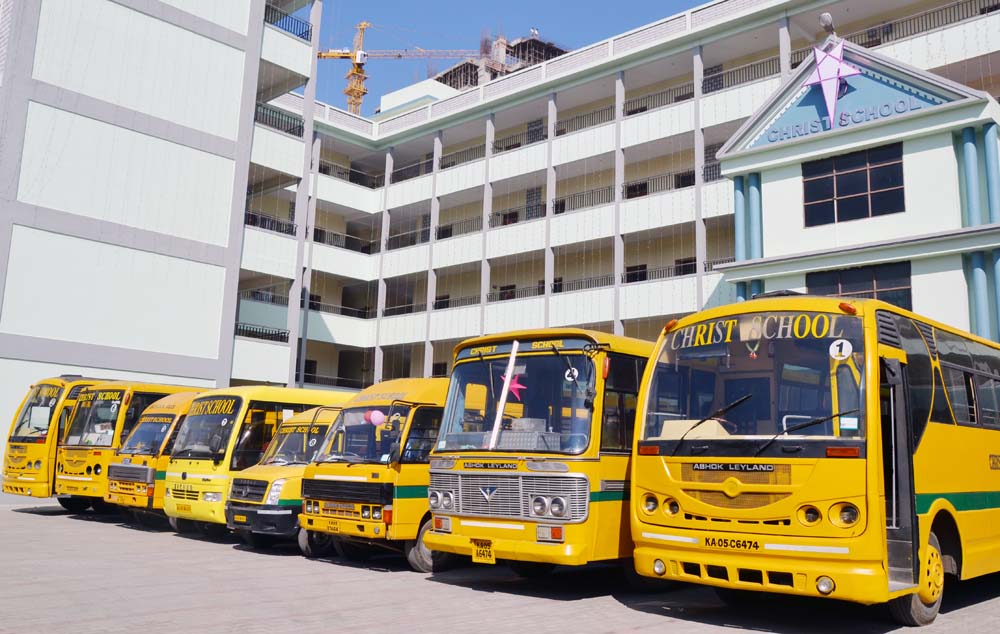In the last few blog posts, I covered the suburbs and downtown Mumbai, now I’ll attempt to cover midtown.
BEST has launched A-167 from Prabhadevi Station (West) to Comrade P. K. Kurne Chowk (Doordarshan) via Deepak Cinema, A-170 from Prabhadevi Railway Station (West) to Lower Parel via Senapati Bapat Marg (Tulsi Pipe Road), A-218 from Dadar Station (East) to KEM Hospital via Phalke Road, Hindamata Cinema and Dr. B.A Road.
It also launched A-155 (a ring route) from Grant Road Station via Jaslok Hospital and Nana Chowk. This is downtown and not mid-town route and operates using the Tata Marcopolo midi-buses (owned by SMT ATPL and attached to the Mumbai Central depot) mentioned in the previous post.
Coming back to Dadar and Prabhadevi (formerly Elphinstone Road). All the routes are operated by buses owned by MP Enterprises and Associates (identified by MPG) of the Wadala depot. However the Motor Vehicles Act declaration on the side shows the bus registered to the Bandra Depot.
The bus I took was A-167. I boarded the bus from Prabhadevi Station. While waiting for the bus I noticed that a man was sitting there with a large logbook logging details including passenger count, fuel usage and trip distance from the driver. The trip to Doordarshan was pretty uneventful. The bus only stops at the last two stops before terminating. It did not stop at Bombay Dyeing. On the return journey, it picked up passengers from the same two stops but not at Bombay Dyeing. At P. K. Kurne Chowk, there was a man sitting with a logbook just like at Prabhadevi Station. I have not noticed this at Andheri, Goregaon or down south. Perhaps he was employed by the private agency that owns the buses.
The return journey was where I had an issue. There are two bus shelters at P.K Kurne Chowk. The driver opened the doors at the first stop where the route was not marked and a few of us boarded there. At the second stop, the conductor sold tickets and then let passengers board. However, he did not board the bus to check if all passengers had a ticket, which happens at Andheri.
We bought our tickets after disembarking at Prabhadevi Station. At all the stops, the conductor did not have a ticket machine but instead had a single bundle of ₹6 tickets that he punched.
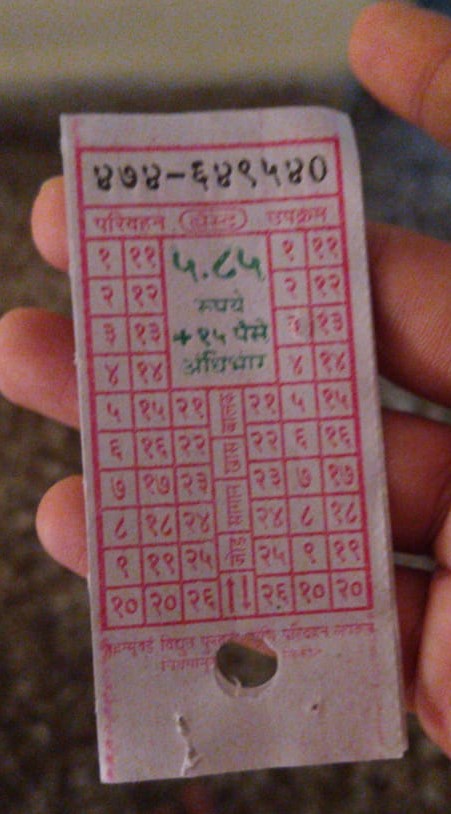
There was a ticket examiner at Prabhadevi but he did not check for tickets. This could be problematic in future. The driver should only let passengers board from the designated bus stop and conductors should ensure that all passengers have a ticket before the bus leaves.
Overall, this seems to be a good move. Prabhadevi Station, while served by 167, otherwise lacks decent bus connectivity, forcing passengers to depend on share taxis that are uncomfortable and in bad shape. They charge around ₹20 till Bombay Dyeing at least. This bus will be a godsend to a lot of people in the area, especially folks working for Republic TV. Further with the expansion of the Parel-Prabhadevi station complex and the provisioning of the Parel terminus on the Central Line, the station has become a rather important one. Along with Lower Parel, the area has seen major redevelopment of mill lands on both sides, along Senapati Bapat Marg/Tulsi Pipe Road in the West and Dr. BR Ambedkar Road in the East. This will certainly increase footfalls in the region and improved public transport is the need of the hour. Perhaps its time MMRDA got a little aggressive on getting the Monorail back in action.
To close this post, Tata Motors has won a bid to supply 300 AC electric buses to BEST.
Featured image: A-167 at Comrade P. K. Kurne Chowk.
![]()
